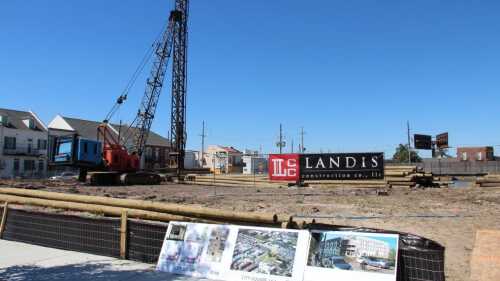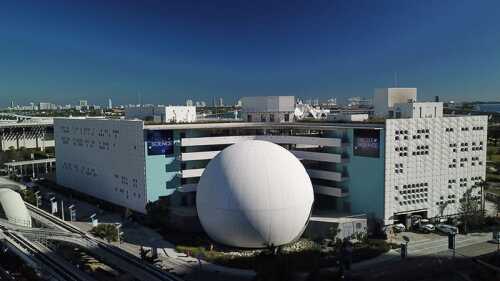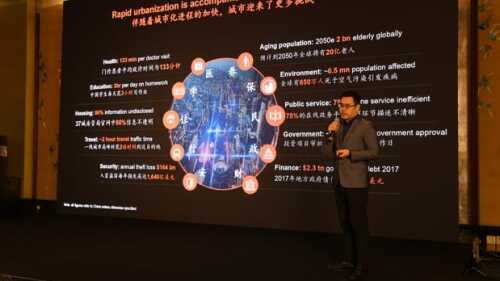Trey Morsbach is senior managing director of Holliday Fenoglio Fowler, LP, in Dallas, Texas, which provides commercial real estate and capital market services to the U.S. commercial real estate industry.
In his 12-plus years with the firm, Morsbach has completed billions of dollars’ worth of transactions, with a particular focus on construction, portfolio, and equity/joint venture transactions. As the assistant chair of ULI’s Urban Development/Mixed Use Council (Green Flight), he has witnessed a number of mixed-use developments that have failed during the economic downturn and sees opportunities for developers to turn these projects around.
Q: Many of the mixed-use developments built in the recent boom years have not fared well. Where did they go wrong?
Trey Morsbach: A lot of projects were built in places where there was not enough housing density, and many of those have failed miserably, either because of the location or the design or the wrong complement of uses. I can think of three projects offhand where the bank group and the equity on the development lost 50 percent of their basis.Q: What can be done with these projects?
Morsbach: There are so many that are getting taken back by the bank, and banks are finally willing to sell at the right basis where a developer can come in and say: The infrastructure is broken, the rent stream is broken, the tenant mix is broken, but at this basis, I can fix it. There are a lot of opportunities; we are in the middle of several of them now.
Q: Can you give some examples?
Morsbach: In some cases, it can be as simple as resetting rents. Retail, in my experience, has been the main driver of the stress. In one case, a developer had filled up a lifestyle center and had retail tenants paying rents in the $30-to-$50-per-foot [$322-to-$537-per-sq-m] range. Retailers cannot operate on a profitable level with that rent load. With projects like this, I’ve seen developer clients and investor clients say: If I can buy it at $.50 on the dollar in terms of the construction cost, I can look at each retailer’s financial health ratio and say to them, ‘You can’t pay $35 per square foot [$376 per sq m], but you can pay $22 per square foot [$236 per sq m].’
We are working on the financing of a very big mixed-use development in Colorado. The development went back to the bank. A new developer acquired it and said: We are going to rewrite the rent schedules down 15 to 20 percent across the board. Tenants all of a sudden looked healthy on an occupancy cost basis, and the project got new life. The developer was able to spend some capital on things that needed to be done, such as improving egress.
Q: What if a complete redesign is necessary?
Morsbach: I have a client who’s buying a failed development in New York. It had a theater pulling in $1 million a screen, but it also had a bunch of lifestyle tenants that didn’t belong—it was a couple of miles from a regional mall that was dominant. So my client is tearing down some of the structure, adding a grocer, almost turning it into a neighborhood center, while keeping the theater. The original design didn’t fit the neighborhood. They’re adding some multifamily, because the multifamily component worked.
Q: What kinds of uses are complementary?
Morsbach: The most common mixed-use projects developed before the recession were retail streetscapes with multifamily housing above. That assumed that all of the residents were going to go downstairs and shop at Chico’s and Coldwater Creek and the Gap. The problem was, how often do you go to the Gap—once a month? Multifamily residents want restaurants, a coffee shop, a grocery store, entertainment, a health club, maybe a local boutique—that’s what creates connectivity.






